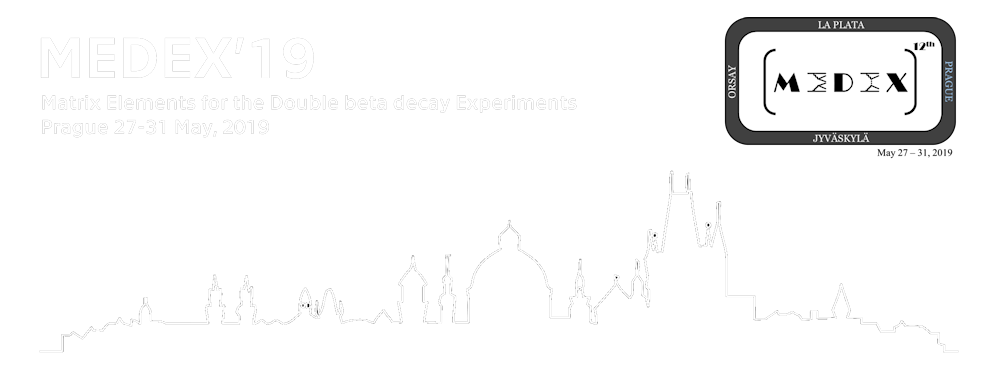Speaker
Prof.
Osvaldo Civitarese
(Department of Physics. University of La Plata.Argentina)
Description
The muon to electron conversion process in nuclei is a lepton-flavor violation process whose theoretical interpretation requires the knowledge of both the nuclear structure of the participant nucleus as well as the details of the adopted extension of the standard electroweak Lagrangian. In the past a copious literature was produced concerning the calculation of nuclear matrix elements in the context of different nuclear models. Recently, more reliable results have been obtained using shell model codes. From the electroweak side, the structure of the Lagrangian was also re-analyzed. However, the analysis of the theoretical results is sometimes hampered by a not so clear distinction between the approximations controlling both sectors of the calculations. In order to allow for a more efficient model-building from the electroweak side, we have revisited the nuclear structure components in order to disentangle scalar, pseudo-scalar, vector, axial-vector, and tensor components of the electroweak current. We have started from the most general form of the Lagrangian, written at the quark-lepton level, and ended-up by casting it in the form of nucleon-lepton interactions.The formalism is illustrated for the case of muon to electron conversion in 208Pb.

